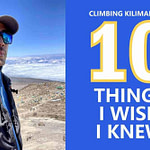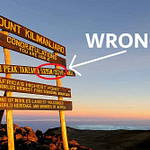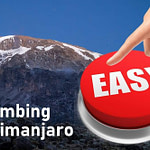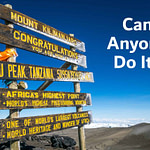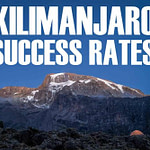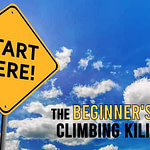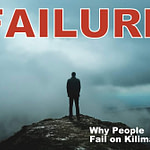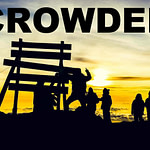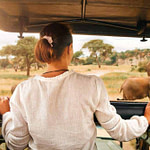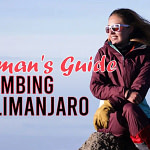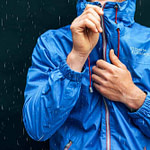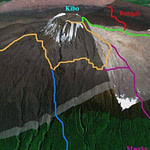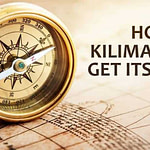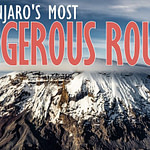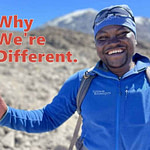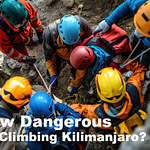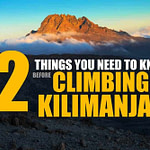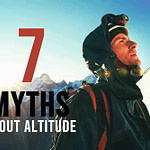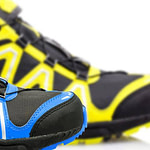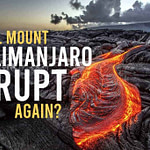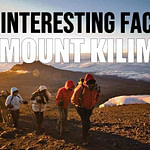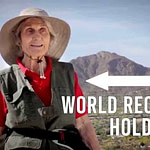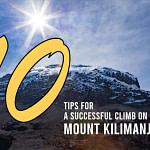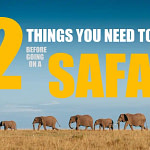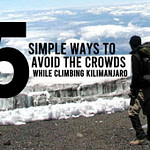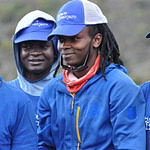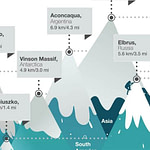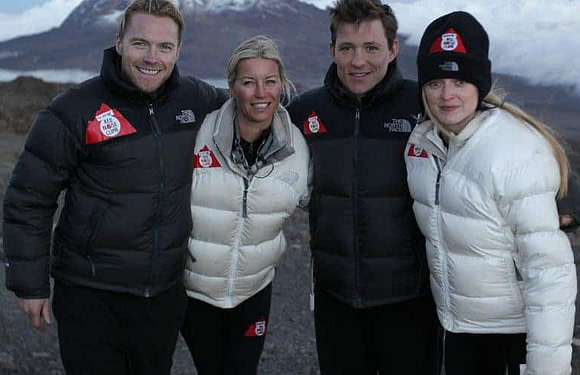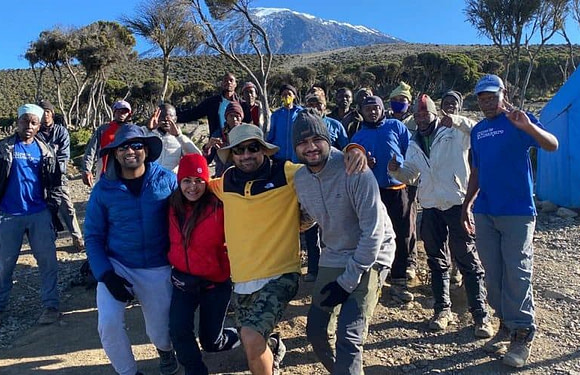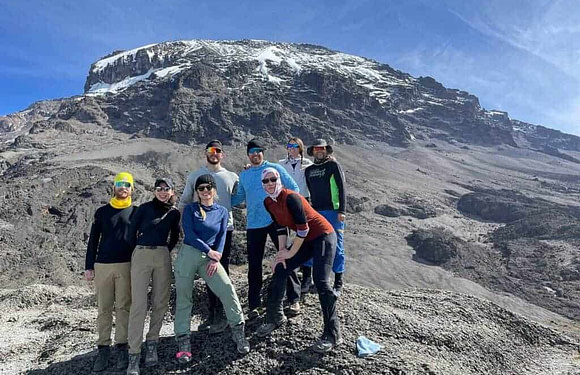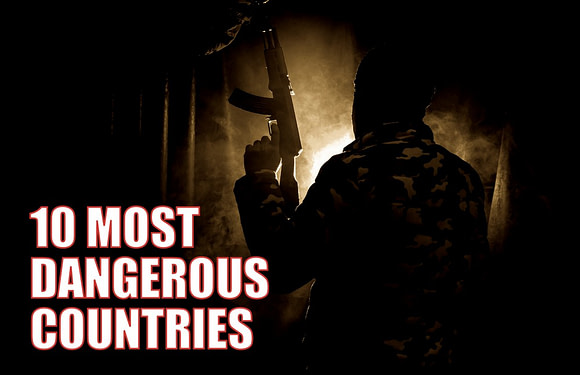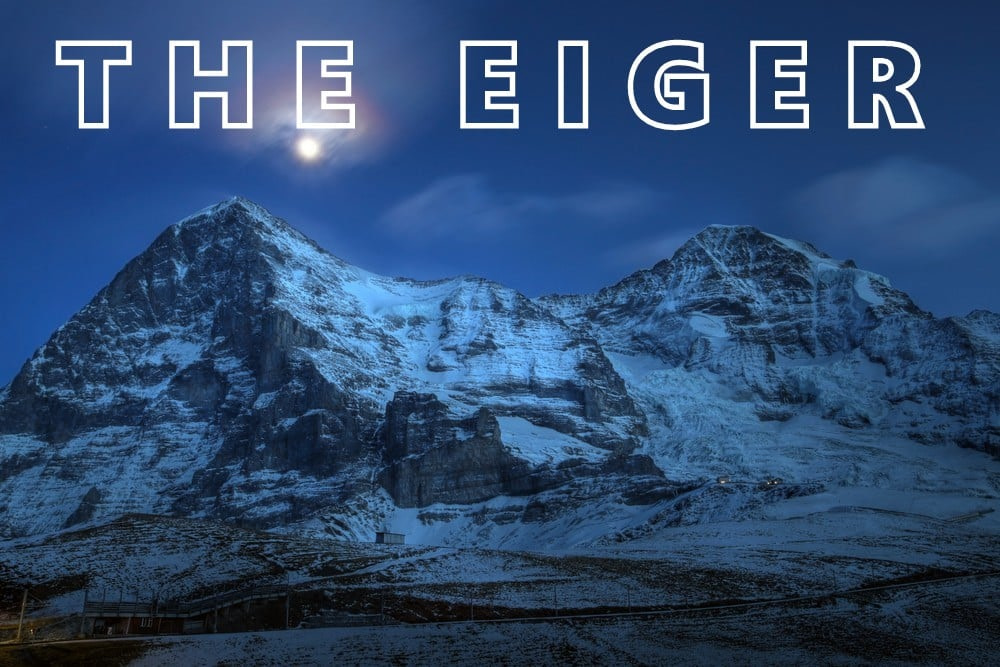
Where is the Eiger Located?
The Eiger is located in the Bernese Alps of Switzerland, near the village of Grindelwald. The mountain is famous for its north face, one of the most challenging and dangerous climbs in the world.
The Eiger is one of Europe’s most iconic and coveted peaks. It is part of the classic Alpine Trilogy, which includes the Matterhorn and Mont Blanc.
How Tall is the Eiger?
The Eiger stands 13,015 feet (3,967 meters) tall. The face itself rises nearly 6,000 feet (1,800 meters) directly above the valley floor, making it a greater vertical challenge than any other mountain in the Alps.
How Was it Formed?
The Eiger, like the rest of the Alps, was formed millions of years ago by the collision of the African and Eurasian tectonic plates. The massive pressure forced layers of marine sediment and limestone upward, folding and thrusting them into the shapes that exist now.
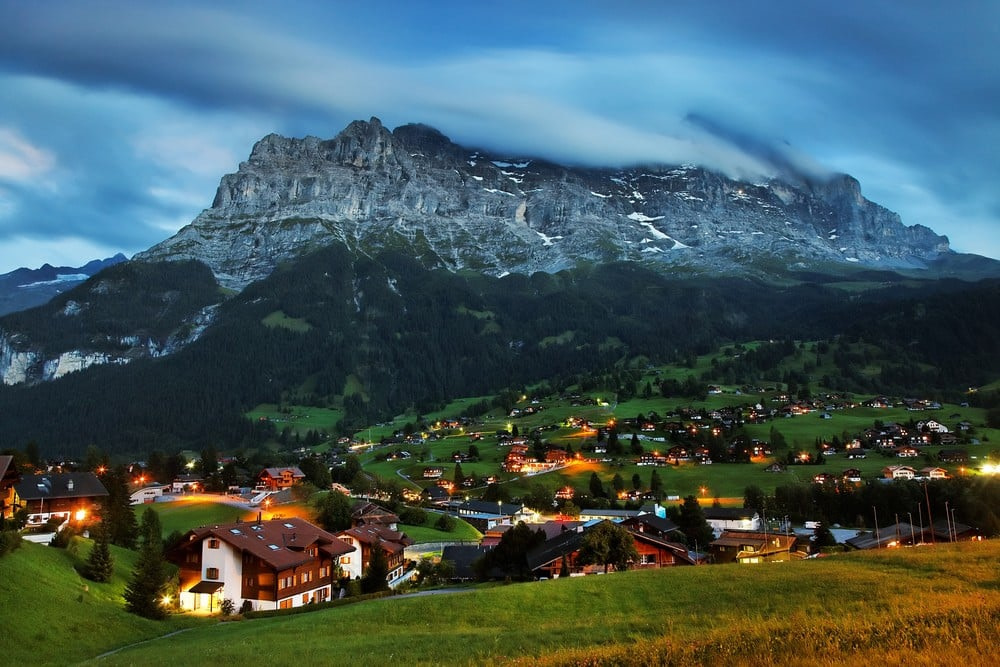
The Eiger’s characteristic ridges and faces were carved by glaciers and repeated freeze-thaw cycles over hundreds of thousands of years. The north face owes its shape to glacial erosion, rock collapse, and permafrost melting. The rock is primarily limestone, part of the Helvetic nappe system, which continues to evolve as temperatures rise and freeze-thaw processes destabilize the surface.
How Long Does it Take to Climb?
A typical guided climb of the Eiger takes two days. The first day involves reaching a high camp such as the Mittellegi Hut at 11,007 feet (3,355 meters). Climbers rest, hydrate, and prepare for an early start the following morning. On day two, they begin the summit push around 3 or 4 AM, ascending the ridge or face depending on the route.
The round trip from the hut to the summit and back usually takes 9 to 12 hours for strong climbers under stable conditions. The descent can be equally demanding and should not be underestimated. Weather windows on the Eiger are short, and parties often wait days for a safe opportunity to climb.
How Hard is it to Climb the Eiger?
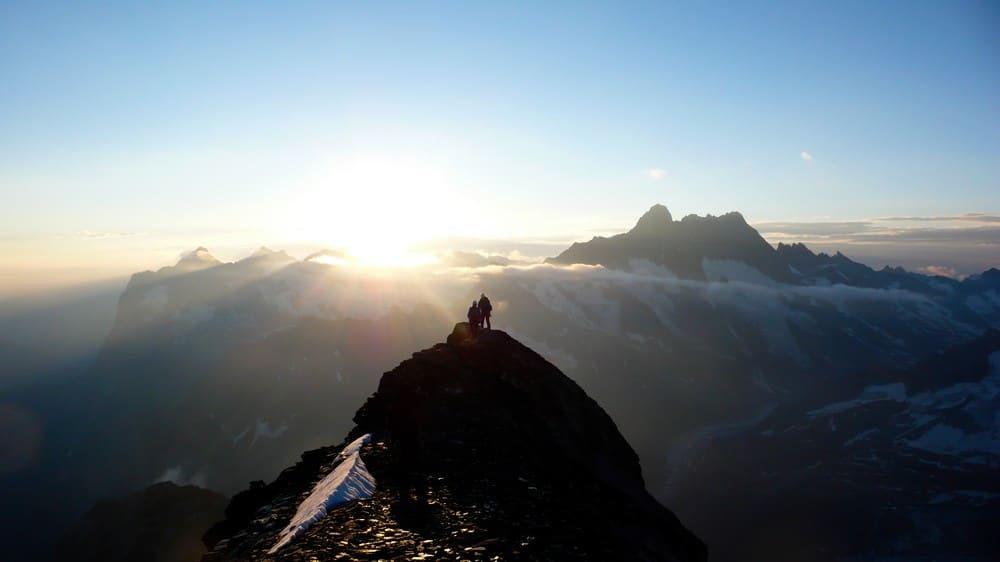
The Eiger is one of the hardest classic climbs in the Alps. Its ridges and faces require technical rock and ice climbing ability, efficient rope management, and calmness under exposure. The easiest route, the West Flank, still involves sustained mixed terrain, crevasses, and sections of steep snow. The famous Mittellegi Ridge, the standard guided route, demands Grade III to IV climbing (5.6–5.7), with sustained exposure along a knife-edge crest.
The climb requires stamina, coordination, and speed. The rock is not solid everywhere, so climbers must move quickly but carefully. There is no room for hesitation. Guides keep a strict pace – slow teams risk being caught by storms or dark. You need excellent cardiovascular fitness and must handle 10–12 hours of non-stop climbing at altitude.
The combination of exposure and fatigue creates one of the most intense psychological tests in mountaineering. Climbers must focus for hours without error, balancing concentration and confidence while managing exhaustion. It has humbled climbers for nearly a century and remains one of the most serious peaks in the Alps. It demands preparation, experience, and respect.
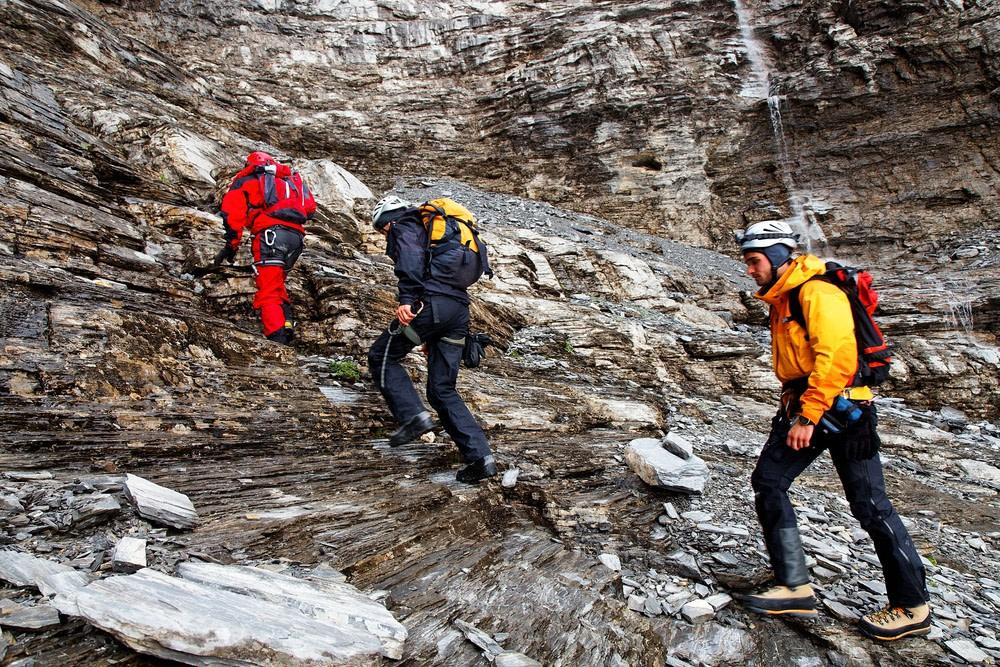
What is the Success Rate?
There are no official statistics, but most guided ascents have success rates between 60% and 70% in stable weather. Many failures occur due to poor conditions, lack of acclimatization, or inability to maintain pace. Rockfall and thawing permafrost can also shut down routes abruptly.
How Dangerous is it to Climb the Eiger?
The Eiger is among the most dangerous peaks in Europe. Over 60 climbers have died attempting its north face since 1935, earning it the nickname Mordwand, or the “Murder Wall.” While conditions have improved with better gear and forecasts, objective hazards remain constant.
Rockfall, icefall, and storms are constant threats. The limestone is brittle and breaks easily when thawed. Warm summers melt the permafrost that binds the rock together, increasing instability. Even ridge routes like the Mittellegi are vulnerable to falling stones and high winds.
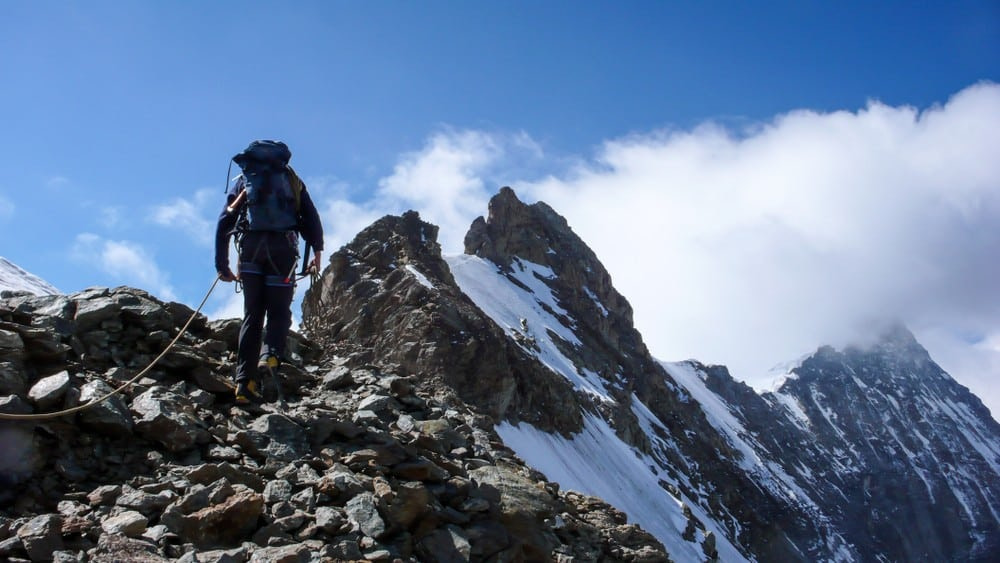
On the north face, the dangers are multiplied. Avalanches, collapsing icefields, and cold exposure make it one of the deadliest walls in mountaineering history.
Can Beginners Climb the Eiger?
No. The Eiger is suitable only for experienced alpinists. It requires strong technical skills and years of prior experience on similar mixed terrain. Climbers must be able to climb efficiently with crampons, handle multipitch rope systems, and move confidently on exposed ridges.
Most guiding companies require prior ascents of peaks like the Breithorn, Allalinhorn, or Weissmies before approving clients for the Eiger. These climbs build familiarity with alpine pace and rope management – skills that become critical on the Eiger.
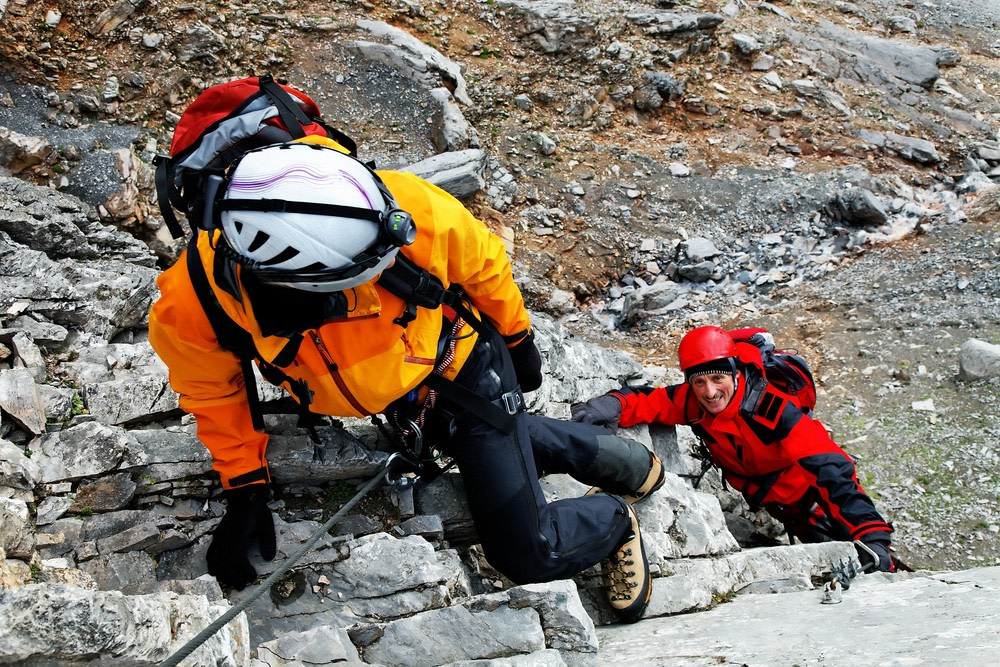
What Standards Should You Meet Before Attempting?
Before attempting the Eiger, you should be able to:
- Climb 1,200 feet (366 meters) of elevation per hour for several hours.
- Move confidently for 10 to 12 hours over exposed, technical terrain.
- Rock climb up to 5.7 in boots.
- Use crampons on mixed ground and steep snow.
- Execute rope transitions smoothly while simul-climbing.
- Function calmly at altitude without fatigue-induced errors.
Climbers who fail often underestimate the intensity of continuous movement.
Who Was the First to Climb the Eiger?
The first ascent was made on August 11, 1858, by Charles Barrington with Swiss guides Christian Almer and Peter Bohren. They climbed via the West Flank and West Ridge, the least technical line. Barrington was not a professional climber but a determined amateur, proving that boldness and preparation could prevail even then.
The north face resisted all attempts until July 24, 1938, when Anderl Heckmair, Ludwig Vörg, Heinrich Harrer, and Fritz Kasparek completed the first ascent. Their 3-day climb became one of the greatest achievements in mountaineering. The route they pioneered, the Heckmair Route, remains a benchmark for serious alpinists.
How Many People Climb Per Year?
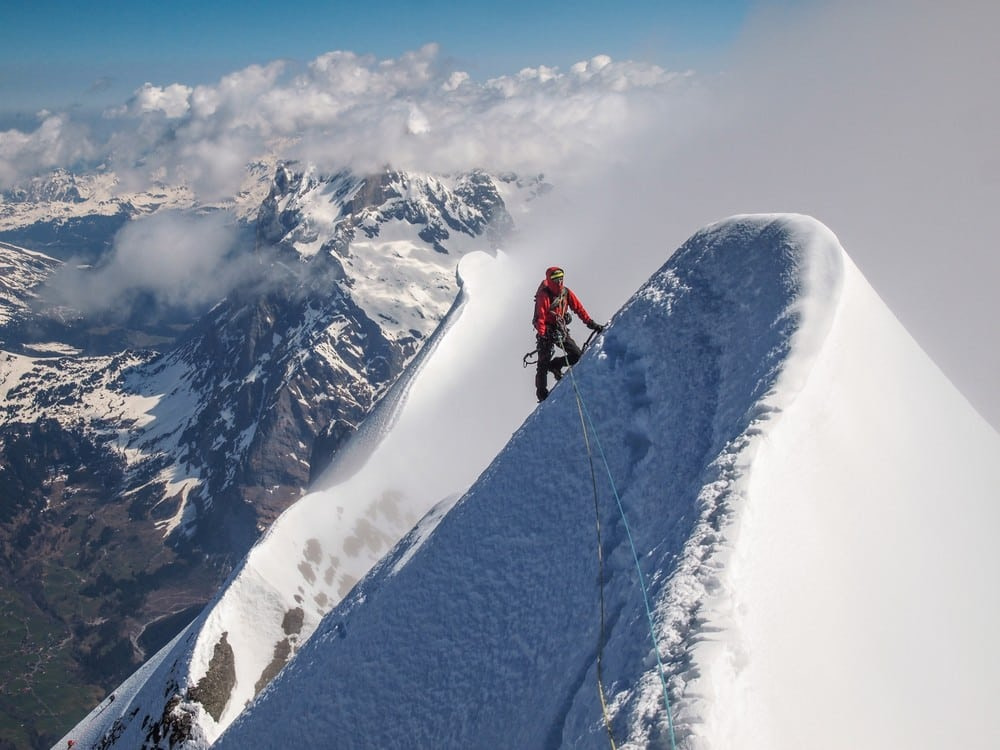
It is estimated that several hundred ascents occur each summer. The Mittellegi Hut accommodates about 1,000 overnight stays per season, indicating that perhaps 300–400 climbers attempt the route annually. The North Face, in contrast, sees only a few dozen attempts per year, mostly by elite teams in winter conditions when rockfall risk is lower.
How Do You Train to Climb the Eiger?
Training for the Eiger requires both technical skills and endurance. Start with aerobic conditioning – running or hiking uphill with weight several times a week. Add strength work for legs, core, and grip. Climb regularly on real rock, preferably multipitch routes in boots, to simulate alpine friction and movement. Practice mixed climbing on snow and ice to build confidence with crampons and tools.
Aerobic training builds endurance for sustained effort, while technical training builds confidence under exposure. Strength work develops stability for long scrambling sections, and acclimatization ensures efficiency at altitude. Each component directly supports performance on the mountain.
Acclimatization is equally important. Spend a week or two climbing in the Alps or Rockies beforehand to adjust to altitude and practice transitions under stress.
What is the Best Time to Climb the Eiger?
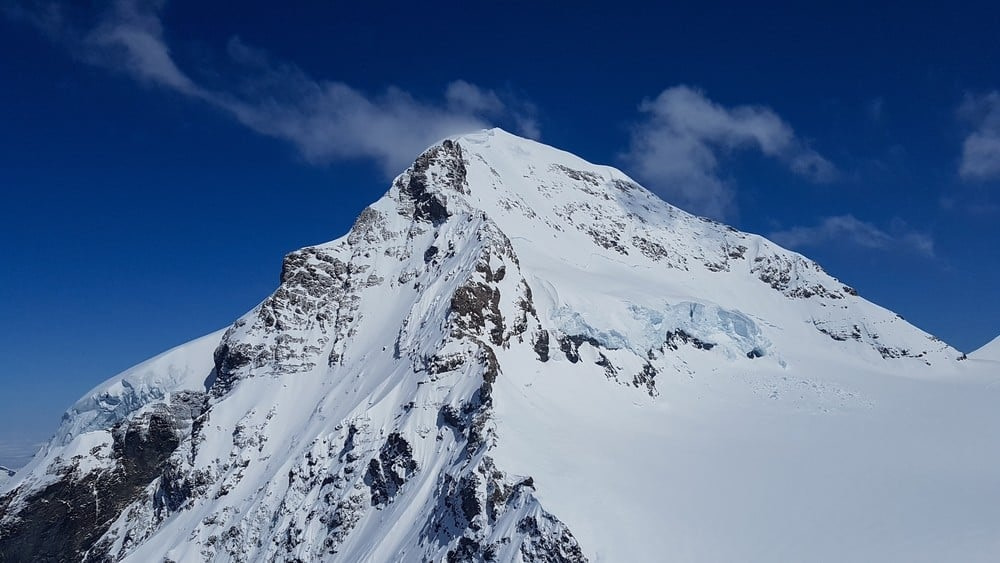
The best time to climb the Eiger is mid-July through early September. This period offers the most stable weather and the least snow on the ridges. Early morning starts are essential to avoid afternoon storms and rockfall.
Winter ascents are possible but extremely serious, often attempted only by experts. Cold temperatures stabilize rock and ice, reducing stonefall but increasing exposure to frostbite, avalanches, and long hours in the dark. The famous north face is often safer in winter conditions for that reason.
How Many Climbing Routes Are on the Eiger?
Mittellegi Ridge (Northeast Ridge)
The Mittellegi Ridge is the most popular guided route and the aesthetic line to the summit. Climbers take the Jungfrau Railway to Eismeer Station and traverse glaciers to the Mittellegi Hut (11,007 feet / 3,355 meters).
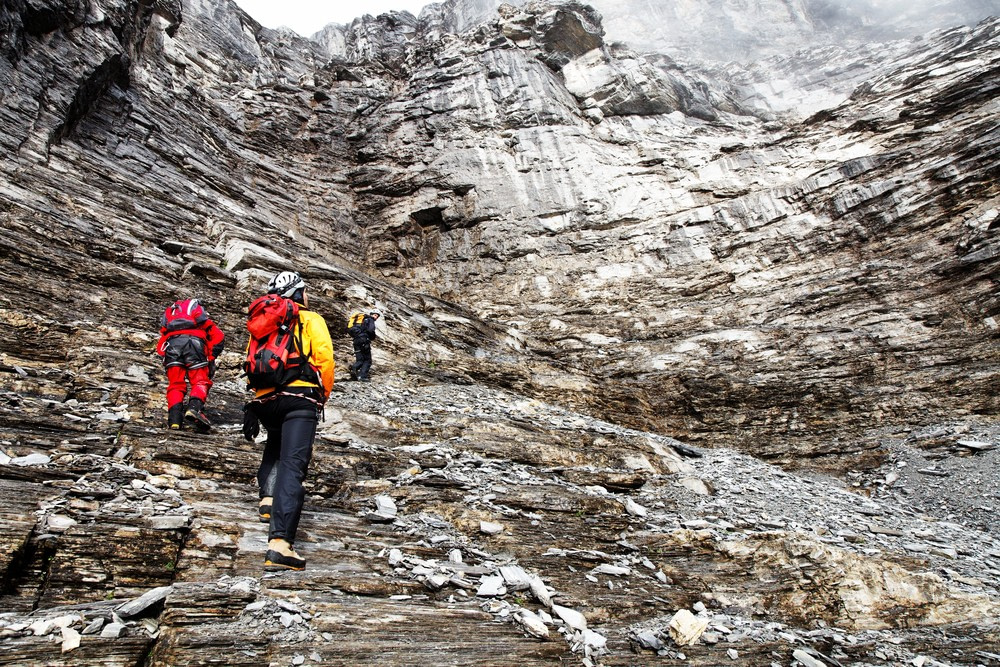
Summit day begins before dawn. The climb is a continuous sequence of rock, snow, and mixed terrain with fixed ropes in some sections. Exposure is constant, and climbers often move roped together for speed. The descent follows the South Ridge to Mönchsjoch, taking another 5–7 hours. Round-trip time from the hut averages 10–12 hours.
West Flank and West Ridge
This is the original 1858 route. It is less technical but more complex, requiring strong navigation skills and stamina. The route involves scrambling, steep snowfields, and occasional ice steps. The rock can be loose in warm conditions. It remains the preferred descent route from many other climbs. Allow 6 hours for the ascent and 3–4 hours for descent in good weather.
South Ridge
A quieter, more demanding route that connects to the Jungfraujoch. It involves technical rock, snow, and numerous rappels on descent. It is used less often due to length and route-finding difficulty but offers spectacular exposure. Climbers often start from the Mönchsjoch Hut at 11,969 feet (3,648 meters), making for a long summit day of 10–12 hours round-trip.
North Face (Heckmair Route)
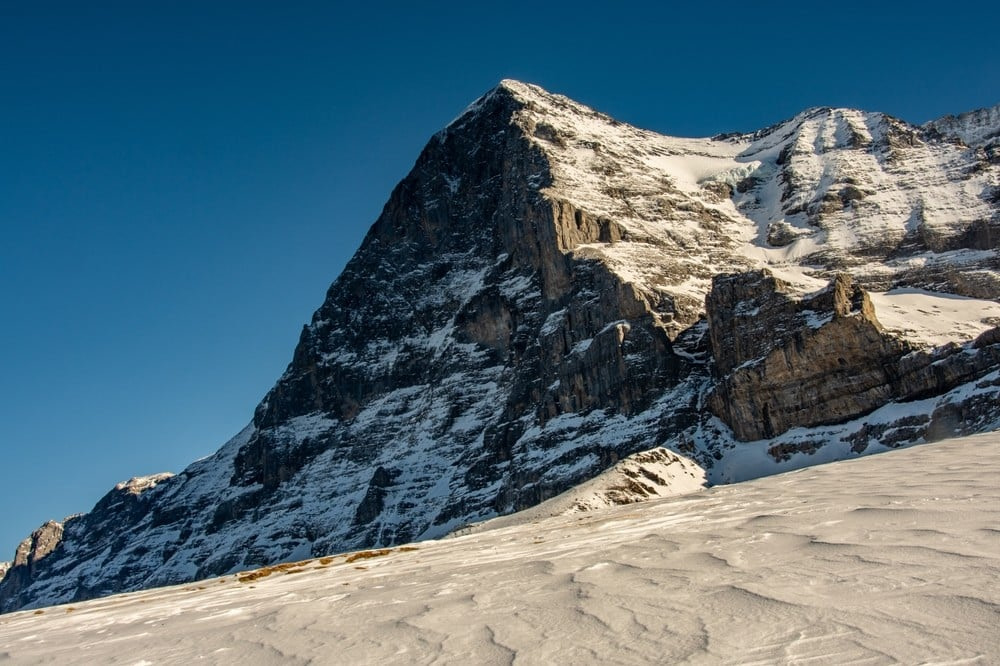
One of the most feared and famous climbs in the world. The 1938 Heckmair Route involves 6,000 feet (1,800 meters) of vertical gain on steep mixed terrain. It includes notorious features such as the Hinterstoisser Traverse, the Ice Hose, and the White Spider. Conditions vary wildly; rockfall and avalanches are common. Only experienced alpinists attempt this climb, typically in winter when the face is frozen solid.
How Much Does it Cost to Climb the Eiger?
Climbing the Eiger typically costs between $2,000 and $6,000 USD, depending on route and guide service.
Guiding fees range from CHF 1,600 to 1,900 ($1,750–$2,000 USD) for a one-on-one climb via the Mittellegi Ridge. Multi-day programs with acclimatization climbs can exceed CHF 6,000.
Hut fees average CHF 80 ($90 USD) per night with meals included. Train travel on the Jungfrau Railway and Eiger Express adds roughly CHF 150–200 ($165–$220 USD).
Equipment rentals, insurance, and lodging in Grindelwald can add another $500–$1,000. Overall, the Eiger is similar in cost to the Matterhorn, though logistics are slightly more expensive due to transport fees.
How Do You Travel to the Eiger?
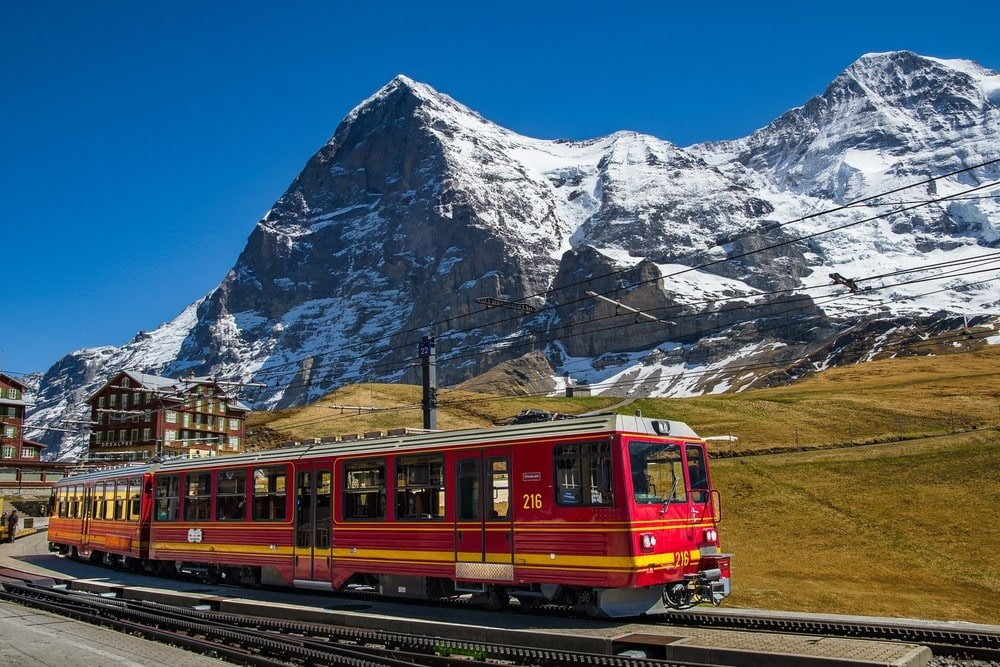
Travelers typically fly into Zurich. From the airport, take a direct train to Interlaken Ost, then transfer to Grindelwald. The Swiss rail system is efficient, clean, and scenic. From Grindelwald, the Eiger Express gondola connects to Eigergletscher in under 20 minutes.
Grindelwald is a classic alpine village, well equipped with mountaineering shops, hotels, and restaurants. Guides often meet clients here for gear checks and pre-climb briefings. The main street is lined with alpine hotels, bakeries, and outdoor stores catering to climbers. Equipment rental and last-minute supplies are easy to find near the train station. Climbers often stay here before and after the climb to rest and recover.
Historical Significance
The Eiger’s north face holds a unique place in mountaineering history. In the 1930s, it was called the last great problem of the Alps. Multiple teams perished attempting it before the first successful ascent in 1938.
The tragedies of Toni Kurz, Andreas Hinterstoisser, and others drew global attention. Their stories were chronicled in Heinrich Harrer’s The White Spider, one of the most famous climbing books ever written. The Eiger became a proving ground for courage, skill, and human endurance. To this day, it remains a psychological challenge as much as a physical one.
How Does Mount Kilimanjaro Compare to the Eiger?
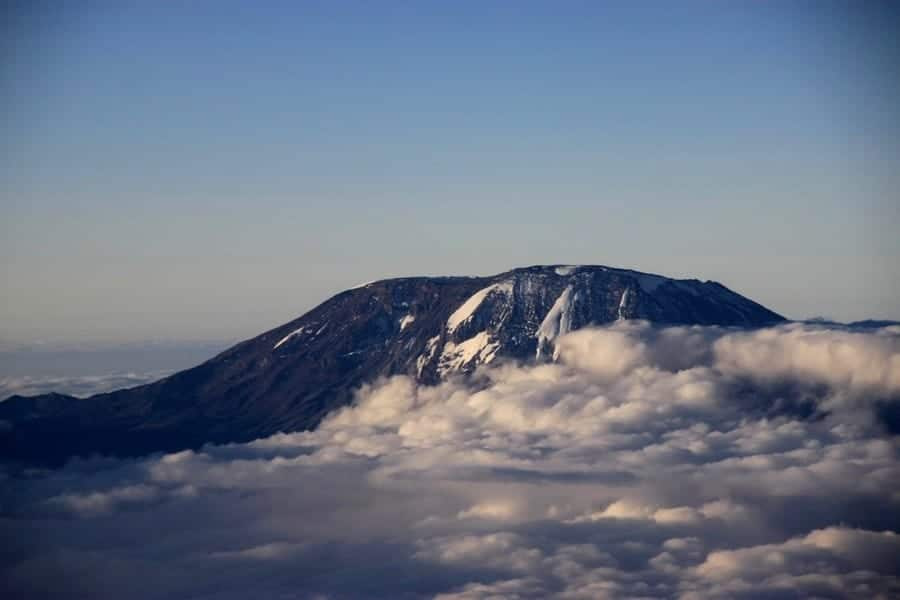
Kilimanjaro and the Eiger are completely different experiences. Kilimanjaro is a non-technical trekking peak that requires endurance and acclimatization, while the Eiger is a technical alpine climb that demands skill, precision, and composure under danger.
Kilimanjaro rises to 19,341 feet (5,895 meters), far higher than the Eiger’s 13,015 feet (3,967 meters). But altitude is the main challenge on Kilimanjaro, not terrain. Trails are well-established, and climbers walk rather than climb. The risk of falls or objective hazards is low.
The Eiger, by contrast, tests technique and nerve. Its exposure, rockfall, and weather changes make it far more dangerous. Where Kilimanjaro rewards patience and gradual effort, the Eiger rewards efficiency and calm decision-making. One is a test of endurance; the other, of control and skill.
The psychological difference is also profound. Kilimanjaro is a collective, optimistic experience shared with guides and fellow trekkers. The Eiger is solitary, intense, and serious. Success depends on precision and nerve, not just persistence. Both are life-changing achievements, but in very different ways.


